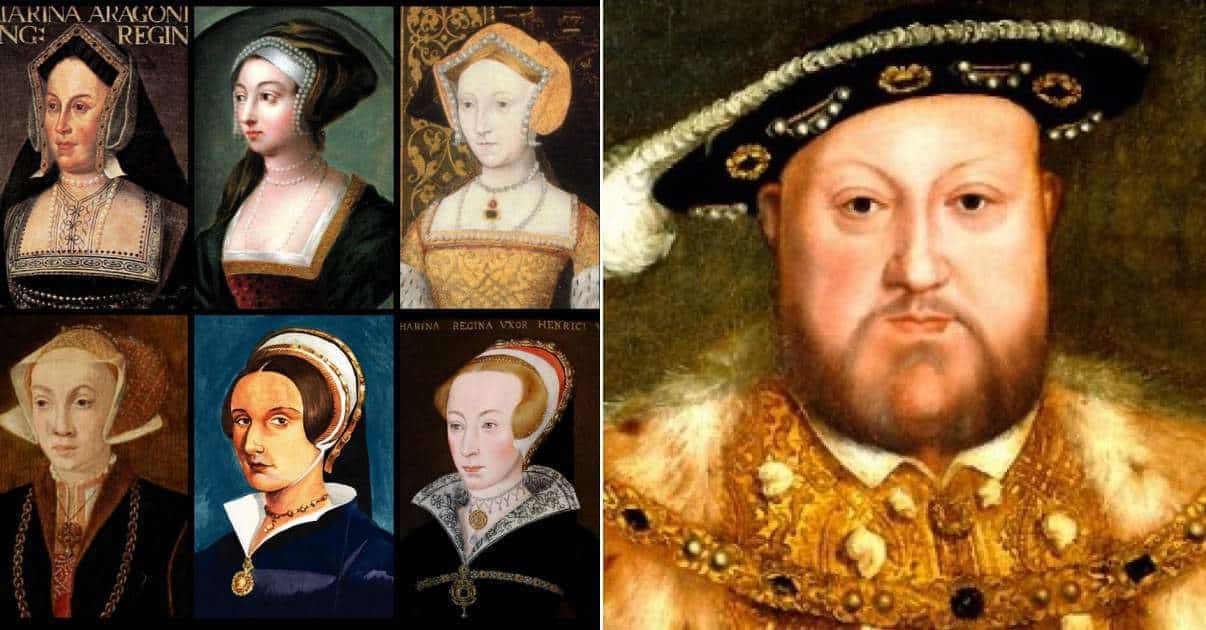Born on September 22, 1515, in Dusseldorf, Anne of Cleves was the wife that got away from Henry VIII. The daughter of John III, Duke of Cleves, she married Henry in 1540, after the King chose her to cement an alliance with the German Protestant states. The couple never consummated the marriage, with Henry claiming he was not attracted to his German bride. He even went so far as to state that he was deceived into marrying Anne based on an overly flattering portrait painted of her by his court artist, Hans Holbein the younger, which today hangs in the Louvre.
However, Anne managed to turn this personal disaster into a triumph. Although unjustly ridiculed for her looks and failure as a Queen, she weathered the storm and the public humiliation to emerge from her brief relationship with Henry wealthy, independent – and alive, outliving not only her former husband but his future wives.

A Suitable Marriage
On October 24, 1537, Henry VIII lost his third wife, Jane Seymour to the complications of childbirth. Henry was reputedly devastated but, although he remained unmarried for two years after Jane’s death, the search was on almost immediately for a new bride. Henry’s breach with Rome had left England vulnerable to Catholic nations such as France and the Holy Roman Empire. It was therefore essential that the King marry, if not for love, then for a military alliance.
However, despite his declining health and looks, Henry still fancied himself as a ladies man. He was determined that any new wife he took should be amenable and attractive. So, while his chief minister Thomas Cromwell set about the practicalities of securing a possible alliance, Henry dispatched his court painter, Hans Holbein the Younger to capture the likenesses of all the potential candidates for Queen of England. There was to be no flattery, Henry ordered. He wanted accurate images so he could make an informed choice.
The problem was, the Princesses of Europe were not too keen on marrying Henry. Age and growing infirmity aside, he had a terrible reputation as a husband. Marie of Guise, who later married James V of Scotland was quoted as saying: “Sir, I may be a large woman, please heed I have a but little neck.” Christina of Denmark, who Holbein painted in Brussels in March 1538 was said to have dressed in mourning to appear as plain as possible to put off the English King of whom she said: “If I had two heads, then one should be at the King of England’s disposal.”

In 1539, Cromwell turned his attention to the German states and found two new candidates amongst the sisters of the Duke of Cleves. Although the eldest sister, Sybille was already married, her two younger sisters, Anne and Amelia were unwed. Cleves was an excellent potential ally. Not only was its Duke at odds with the Holy Roman Empire over disputed territory in Gelderland, but Sybille was married to John Frederick, Elector of Saxony, the head of the Protestant Confederacy in Germany-and the so-called”Champion of Reformation.” A marriage with Cleves would assure Henry of influential allies in Europe.
So, Holbein set out once again, this time to Duren, to paint the portraits of the two potential brides. Amelia’s painting is lost. However, Henry received the picture of Anne with such enthusiasm that within two months of receiving it, the marriage treaty was finalized. In December 1539, Anne of Cleaves set off for her new home- and her new husband.

